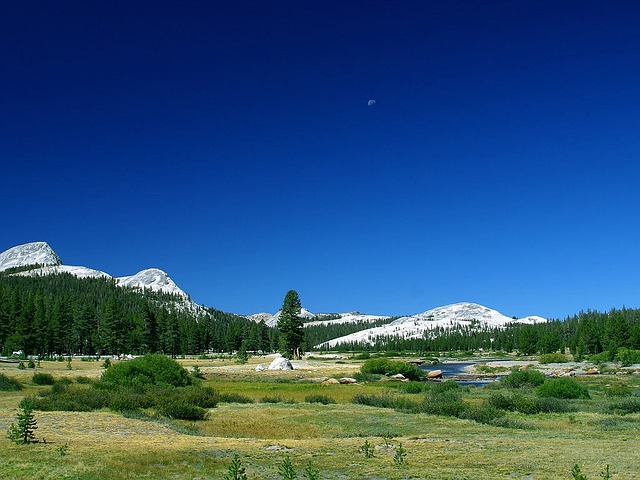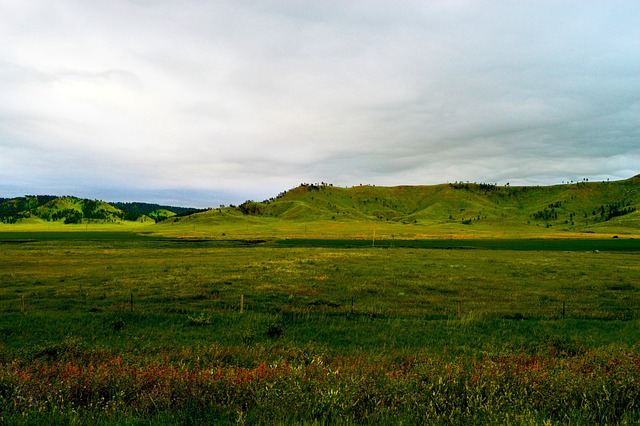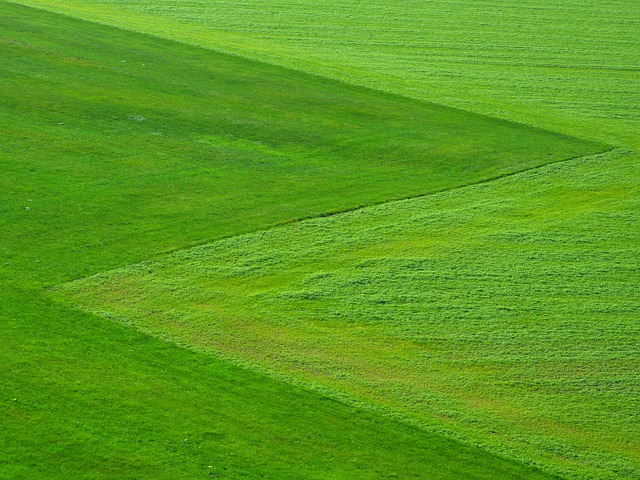
Nearly 1.8 million acres of grassland were destroyed in US and Canada in 2020
Grasslands are an important part of the environment, providing a habitat for animals and helping to regulate the climate. A new report released by WWF’s seventh-annual Plowprint Report shows that 1.8 million acres of grassland were destroyed in the US and Canada in 2020. This is a huge loss, and it’s important to find ways to protect these vital ecosystems.
Since 2016, a total of almost 10 million acres have been plowed across the region, which is an area nearly as large as New Jersey, Connecticut, and Rhode Island combined. This increase is due to a number of factors, including the rising popularity of organic food and the need for more farmland to meet the demands of a growing population. Plowing is an essential part of modern farming, and it will continue to play a vital role in feeding the world for years to come.
Grasslands are vital to our ecosystem and yet they are often overlooked. They provide crucial habitats for pollinators, help to regulate water levels, and play a role in filtration and air quality. Unfortunately, grasslands are being lost at an alarming rate due to agricultural expansion, urbanization, and other development. This loss of grassland habitat threatens the health of our environment and the creatures that rely on these ecosystems. Martha Kauffman, VP of WWF’s Northern Great Plains Program, is working to raise awareness about the importance of grasslands and to find ways to protect these vital habitats. With the right policies in place, she believes that we can stop the destruction of grasslands and even expand these important ecosystems.

America’s grasslands are under immense pressure from development and conversion to other land uses. According to the Environmental Protection Agency, more than 1.3 million acres of grassland are lost to development every year. This is a devastating loss, not just for the grasses themselves, but for the many species that depend on them for food and shelter. The good news is that there are steps we can take to protect these valuable ecosystems. One of the most effective ways to protect grasslands is through policy. The North American Grasslands Conservation Act (NAGCA), which was introduced last year, provides incentives for landowners to voluntarily engage in conservation efforts that will benefit grasslands in the long run. The 2023 Farm Bill also presents an opportunity to put policies in place that will help conserve grasslands. These policy-based solutions offer a hopeful way forward in the fight to protect America’s grasslands.
The North American Grasslands Conservation Act (NAGCA) was introduced in July 2022 as a way to provide new resources for the voluntary, incentive-based conservation of grasslands. The act would establish a strategy for the protection, restoration, and management of grassland ecosystems across North America, modeling itself after the successful North American Wetlands Conservation Act. If enacted, the Grasslands Act would provide voluntary technical and financial assistance to conserve our remaining grasslands. This would not only help contribute to climate resilience, but also to rural livelihoods and wildlife abundance. With so much at stake, we must do all we can to support the passage of this important legislation.

Among the most significant pieces of legislation for grassland ecosystems is the Farm Bill. This bill provides the largest source of federal funding for private land conservation and governs influential food and agriculture programs. With Congress preparing for reauthorization in 2023, the upcoming Farm Bill is a critical opportunity to strengthen and fund key programs that support healthy grasslands. Some of these programs include the Conservation Reserve Program, which provides financial support to farmers who take environmentally sensitive land out of crop production and establish beneficial ground cover, and Sodsaver, which helps disincentivize conversion of native sod by lowering crop insurance subsidies on cropland converted from native prairie. By supporting key programs like these, we can help protect our grassland ecosystems for future generations to enjoy.